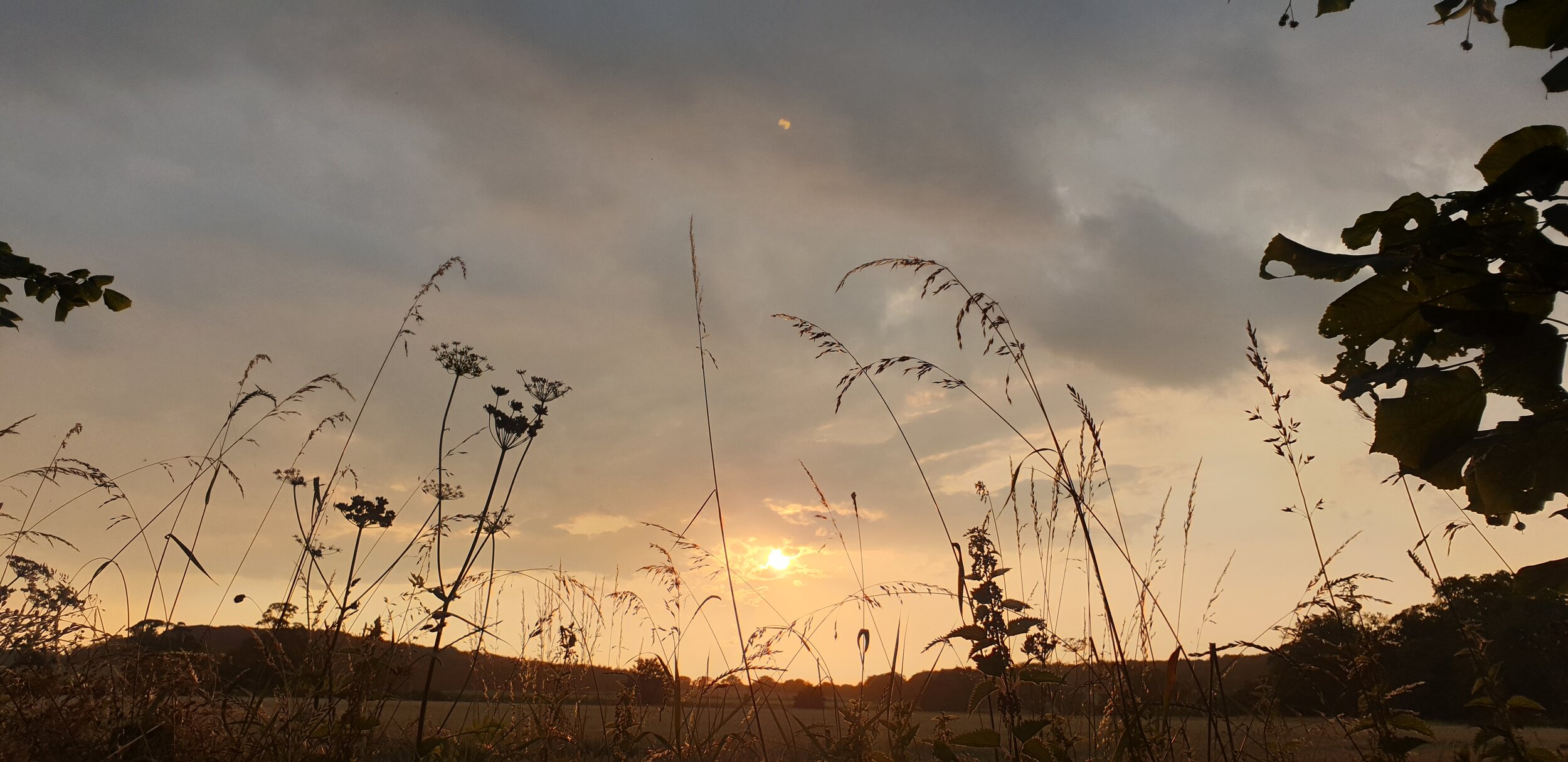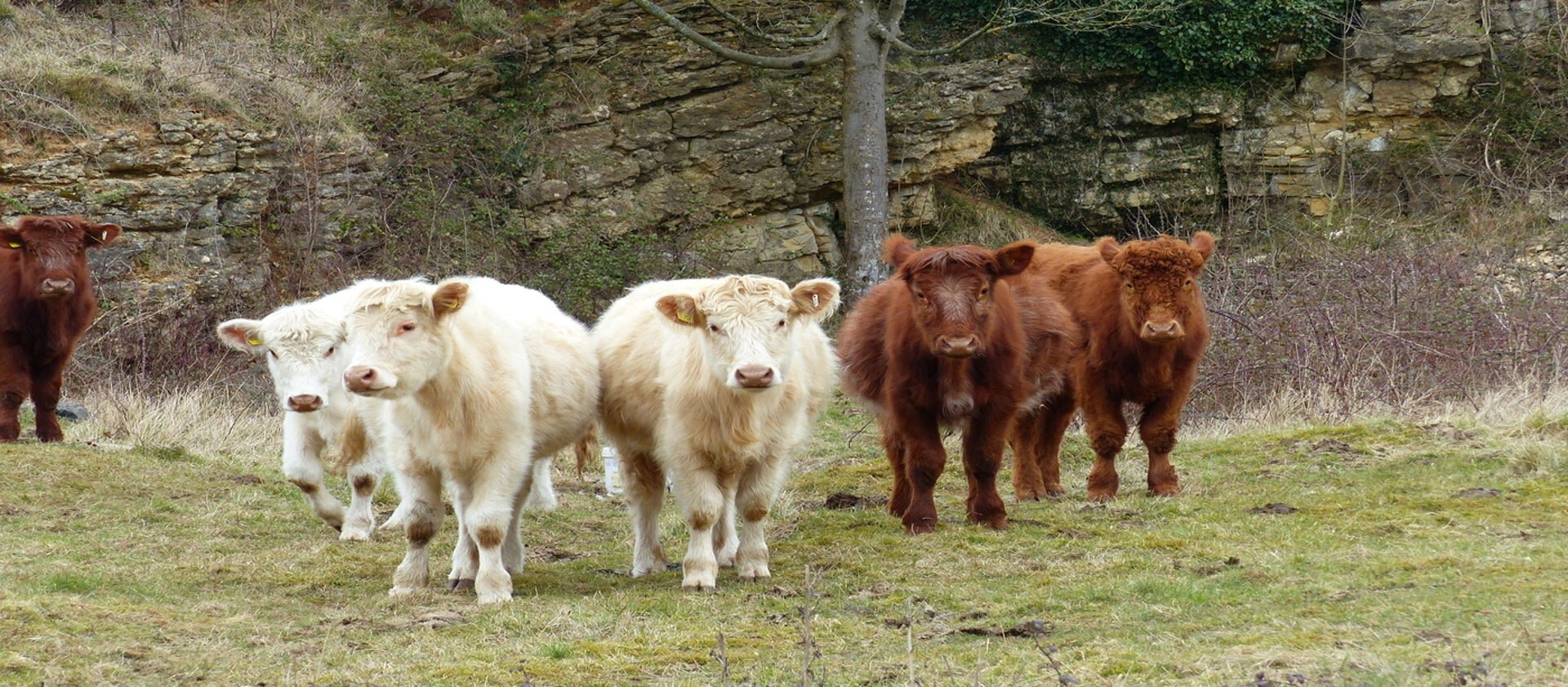Understanding Public Goods
Commons when well managed provide a huge range of public goods for society. Here you can learn more about identifying, recording and mapping these public goods including water, biodiversity, carbon storage, archaeology and access. We’ve put together some guidance and a step by step process to get you started and welcome your feedback.
What are public goods?
DEFRA’s 25 year environment includes a list of public goods that will be important for ELM. Click below to read it.
Public Goods on your Common
We’ve set out three stages for getting a better understanding of the public goods on your Common, with some guidance to accompany each stage.
Identifying public goods on your Common
In preparation for a new agreement you’ll need to take some time to identify the public goods on your Common. This checklist is designed to get you started.
What information on public goods do you already have?
It’s very likely you’ll already have, or be able to get hold of information about the public goods on the Common - maps from previous agreements, surveys or photo’s could all be useful. Take a look at this table to record what you’ve already got.
What condition are the public goods in?
As you work towards developing a management plan for the Common you’ll need an overview of the condition of the important public goods on the Common. This table can be used to record them. You can use this alongside a map of the Common.
Mapping software - some options
There are a huge array of options available to access data and build up a map of your Common. This download gives a few suggestions for where you could start - using the UK soils observatory and Magic to explore data and then looking at Fields Area Measure, Field Margins, LandApp and GoogleMyMaps for recording data. On the Test and Trial we’ve been mostly using LandApp.
Creating a Land Management plan
Having a Management Plan for your Common is likely to be a key part of Nature and Landscape recovery ELM agreements. We’ve had a go at designing a template to use. Click below to take a look, see how it works for you and let us know what you think.
Public Access to Common Land
The scope of rights of access on commons varies according to the legislation under which the rights were granted. There has also, historically, been a considerable amount of de facto (not legally recognised) access to common land. Click below to find out more about public access to common land.
Managing Public Access
Almost all common land in England is subject to general public access on foot and a considerable area also provides unrestricted access to horse riders. Wider access rights for a variety of recreational activities have also been granted on certain commons by specific Acts of Parliament or agreements with landowners. To find out more about managing this, click below.








